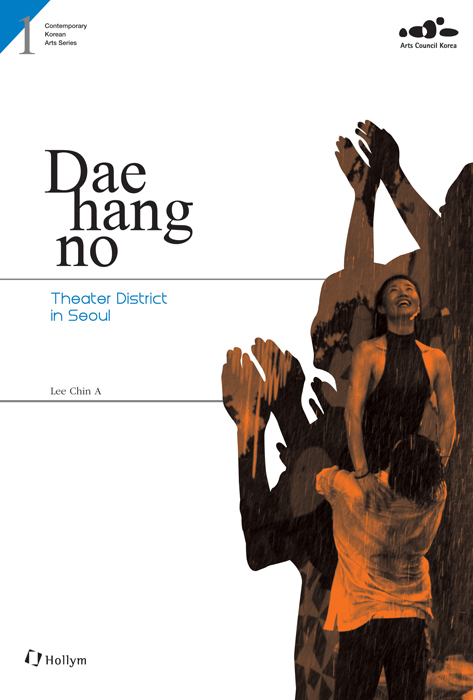Daehangno: Theater District in Seoul Contemporary Korean Arts Series 1
14,90 €*
% 19,90 €* (25.13% gespart)-
Art.Nr./ISBN: 9781565913219
-
Verlag: Hollym
-
Seitenzahl: 128
-
Einband: Softcover
-
Jahr: 2011
-
Sprache: Korean
-
Medientyp: Book
Auf Lager. Versandfertig in 1-3 Werktagen
Daehangno is generally called a street of youth. However, it does not mean it is only frequented by young people. Daehangno is where the youthful passion of elderly artists is still tangible, where the youthful ardor of retired professors is still palpable and where the budding romance of late poets is still alive; in other words, where all of our youths can be found. The young people of today who flock here in pursuit of new cultures naturally mingle with those who were young here half a century ago. It is this generational crossroads that distinguishes Daehangno from other young streets in Seoul.
Daehangno: Theater District in Seoul describes what makes Daehangno what it is today, rather than merely listing the hundreds of small theaters that make this neighborhood unique in the world. The author conveys the history and spirit of the street, which are the secret to its dynamism and its cultural power that are hidden behind its splendid façade.
Daehangno is a treasure trove of stories. There are many important historical relics, and it also bore the turbulent periods of modern and contemporary Korean history, including the years of Japanese colonial rule. Most importantly, though, Daehangno is where young literati and artists gathered to discuss art and dream of the future. The people who breathed the air of Daehangno created not only poems and novels but also plays, movies and music, thus sharing the romance of this neighborhood with the general public.
01 Street of Culture and Art
It was the 1980s that Daehangno began to emerge as a culturally and socially significant location. Daehangno became known for its image as a street of culture, art, youth, freedom and street politics in the late 1980s.
02 Cradle of the Performing Arts
The current image of Daehangno as the street of culture and arts was created by cultural institutions and public theaters. And small theaters play a crucial role in the Korean theatrical world as they are where modern theater is developed and experimented with. Also, the area has attracted a number of major festivals with its arts and culture infrastructure. Therefore, looking at their history is like addressing the history of modern Korean theater itself.
03 Street of History and Culture
Daehangno has many historic landmarks that convey the depth and beauty of a bygone era, such as Seonggyungwan Academy, Ihwajang House, Hamchunwonji Garden Site, Mt. Naksan and Naksan Park. Also splendid private galleries and museums are distributed across the Daehangno area.
04 Story of Historical Memories
Daehangno began to be recognized as the "street of culture and arts" after the relocation of Seoul National University in 1975, and it was first officially characterized as a "street of culture and arts" in 1990 as part of its cultural policies. The cultural measures implemented for Daehangno played a crucial role in giving the area its distinct identity as a place of culture and arts.
Lee Chin A
• BA in Korean Modern Drama, Sookmyung Women's University
• Ph. D. in Theatre Critic, St. Petersburg State Academy of Theatre Arts, Russia
• Associate Professor of Department of Korean Literature, Sookmyung Women's University
Arts Council Korea (ARKO)
ARKO is a state funded‚ non profit organization. The main aim of the Council is to make the arts more central to the lives of the Korean citizens by supporting arts organizations and artists in and abroad through grant-giving services and programs.
15, Jongno 12-gil, Jongno-gu
03190 Seoul
Südkorea
Prinzenweg 10
93047 Regensburg
Deutschland

